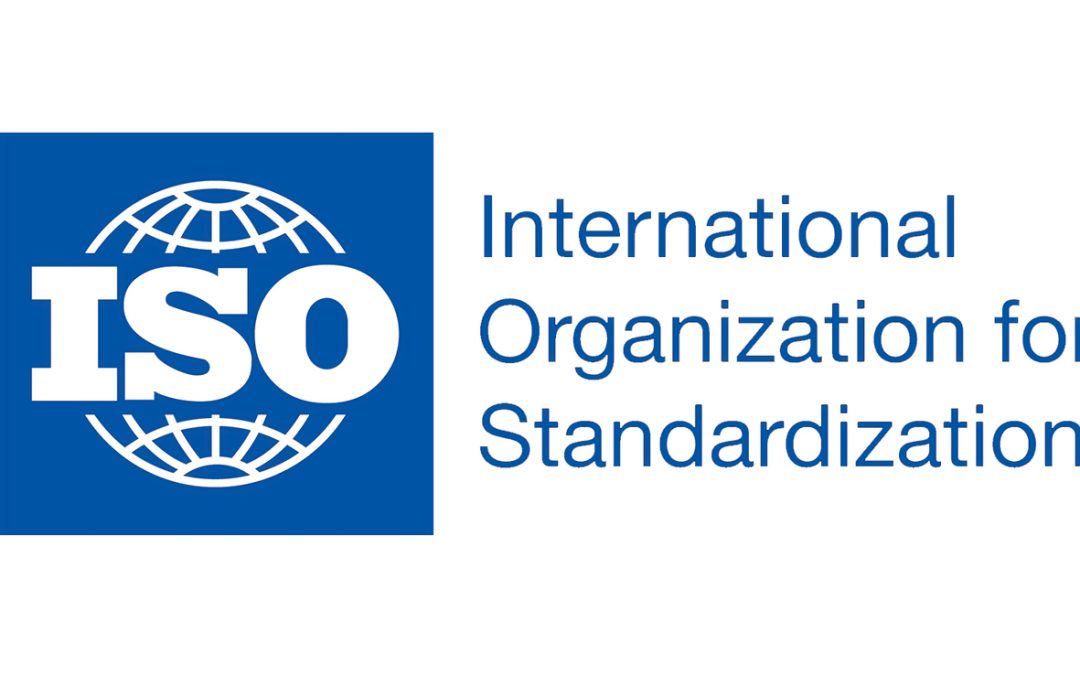What is ISO? Understanding the Backbone of Quality Standards
As the CEO of a consultancy firm specializing in quality management, I often encounter questions about ISO—an acronym that stands for the International Organization for Standardization. To many, ISO might seem like just a series of letters, but its significance in the business world is profound and far-reaching. In this blog, I aim to demystify ISO and explain why it is essential for organizations striving for excellence.
A Brief Overview of ISO
Founded in 1947, ISO is an independent, non-governmental international organization that develops and publishes standards to ensure quality, safety, and efficiency across various sectors. With over 23,000 standards covering everything from manufacturing to service delivery, ISO provides a framework that organizations can follow to enhance their operations and meet customer expectations.
The Importance of ISO Standards
Quality Assurance: ISO standards, such as ISO 9001, focus on quality management systems. By adhering to these standards, organizations can ensure that their products and services consistently meet customer requirements, leading to higher satisfaction and loyalty.
Operational Efficiency: Implementing ISO standards helps organizations streamline their processes, reduce waste, and optimize resource utilization. This not only lowers operational costs but also enhances overall productivity.
Risk Management: Standards like ISO 31000 provide guidelines for effective risk management. By identifying and mitigating potential risks, organizations can safeguard their operations and maintain compliance with regulations.
Market Access: Many industries require ISO certification as a prerequisite for doing business. By obtaining ISO certification, organizations can access new markets and enhance their competitive edge.
Sustainability and Social Responsibility: ISO standards also address sustainability, helping organizations minimize their environmental impact and promote ethical practices. This is increasingly important in today’s socially conscious marketplace.
The Path to ISO Certification
Achieving ISO certification involves several key steps:
Gap Analysis: Conducting a thorough assessment of current practices against ISO standards to identify areas for improvement.
Implementation: Developing and implementing processes and policies that align with ISO requirements.
Internal Audit: Conducting internal audits to ensure compliance and identify any non-conformities.
Certification Audit: Engaging an accredited certification body to assess compliance and issue certification.
Conclusion
In a rapidly evolving business landscape, ISO standards serve as a vital tool for organizations seeking to enhance quality, efficiency, and sustainability. As we navigate the complexities of modern commerce, embracing ISO can provide a competitive advantage and foster a culture of continuous improvement.
We encourage organizations of all sizes to consider the benefits of ISO standards. Investing in quality management not only elevates your organization but also contributes to a more reliable and sustainable global marketplace. If you’re looking to embark on your ISO journey, our consultancy firm is here to guide you every step of the way!

